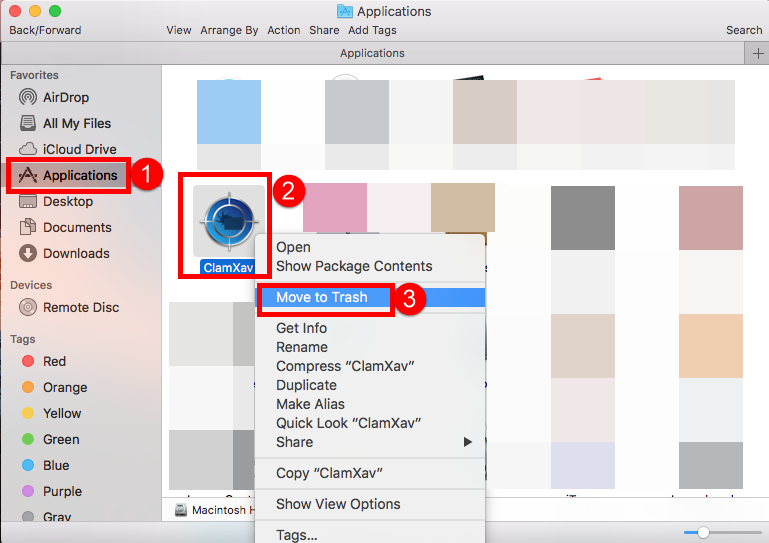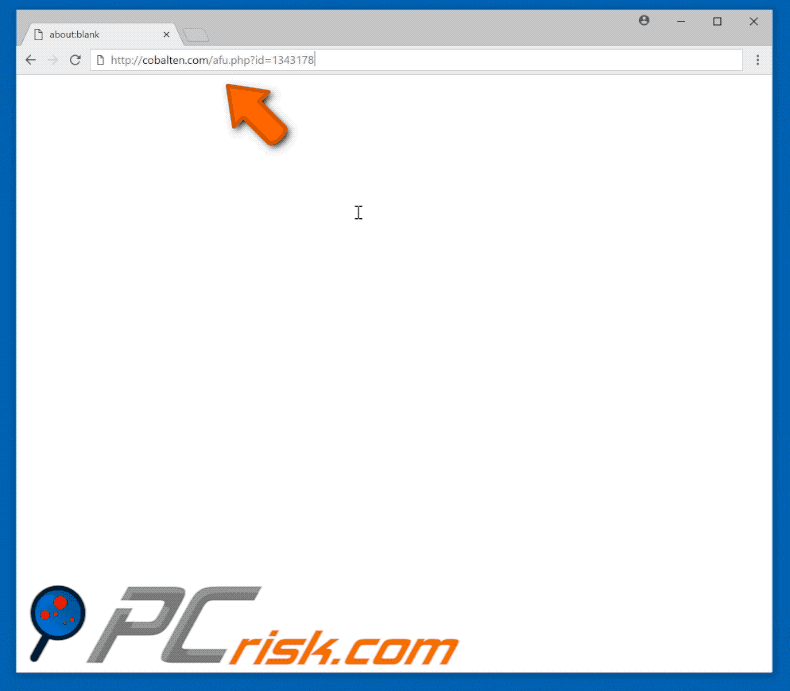
First post to the Clamav list.
- ClamAV is an open source anti-virus engine that is built to detect viruses, trojans, malware and other threats. It supports multiple file formats (documents, executables or archives), utilizes multi-thread scanner features and receives updates for its signature database at least 3-4 times a day.
- We all know that ClamAV scanner is pretty heavy on CPU-Memory resources, and it should be avoided in low memory Linux systems. If you want to disable the ClamAV scanner from your CentOS system, you can refer to the following instructions. Disable ClamAV service. The first step is to stop the ClamAV scanner by applying following command.
- ClamAV can be found in the apt repository. Run this command to install ClamAV: apt-get install clamav. If you need clamd, you may also want to run: apt-get install clamav-daemon. For the stable release, the packages are updated via the StableUpdates mechanism.
- ClamXav is a popular choice for many longtime Mac fans, and overall the app seems good. It's simple to use, offers basic protection for your Mac and stays out of your way.
I have Clamav 0.88.2 installed from source on an OSX client machine.
I want to upgrade to 0.88.4.
First, you have to download the appropriate uninstaller for your version of macOS or Mac OS X. There are three general versions available, covering Mac OS X 10.1 to 10.3, OS X 10.4 and 10.5,.
Now, usually when I upgrade Clamav, I back up the clamd.conf andfreshclam.conf

files and cd to the old clamav source folder. From there I run 'make

uninstall' and all
is well.
Clamav For Linux
The problem is, somebody deleted the old clamav source folder so'make uninstall' is

no longer possible. (I presume this is correct).
To manually remove clamav from the system, what are ALL the relevant
Clamav Mac Os
files I shouldbe looking for ??
Much Thanks,
Robert.
_______________________________________________
Clamav Download For Windows 10
http://lurker.clamav.net/list/clamav-users.html